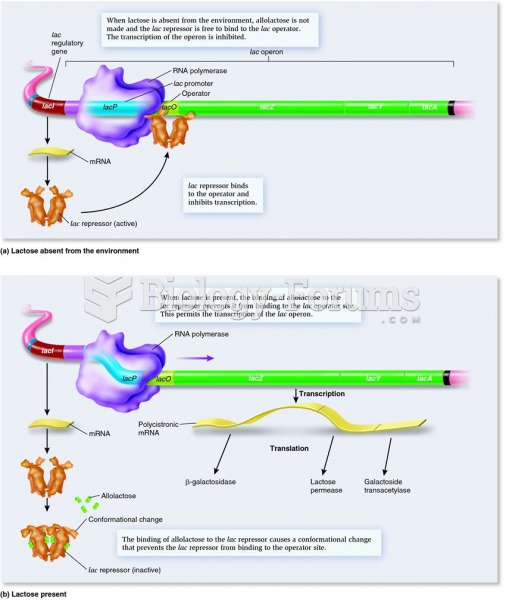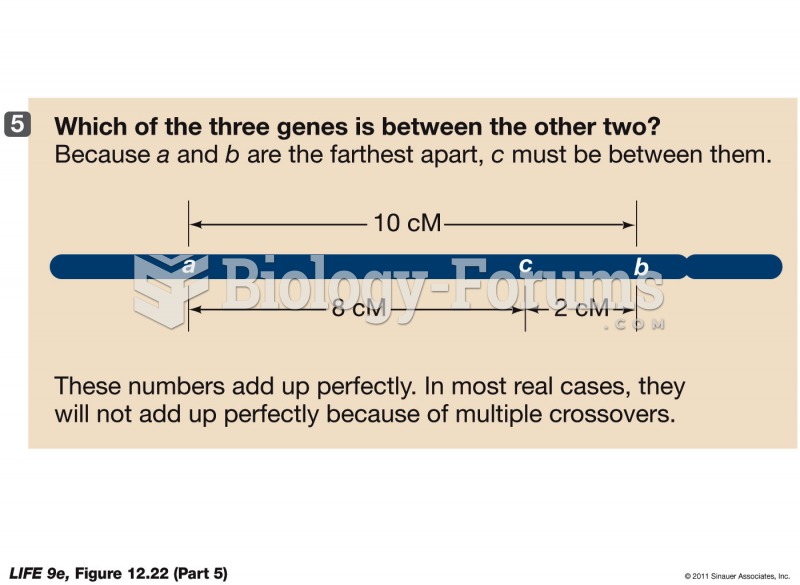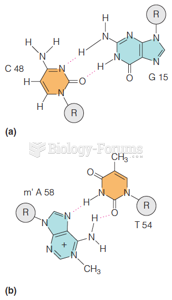|
|
|
Did you know?
Medication errors are three times higher among children and infants than with adults.
Did you know?
Medication errors are more common among seriously ill patients than with those with minor conditions.
Did you know?
If all the neurons in the human body were lined up, they would stretch more than 600 miles.
Did you know?
There are over 65,000 known species of protozoa. About 10,000 species are parasitic.
Did you know?
Recent studies have shown that the number of medication errors increases in relation to the number of orders that are verified per pharmacist, per work shift.







